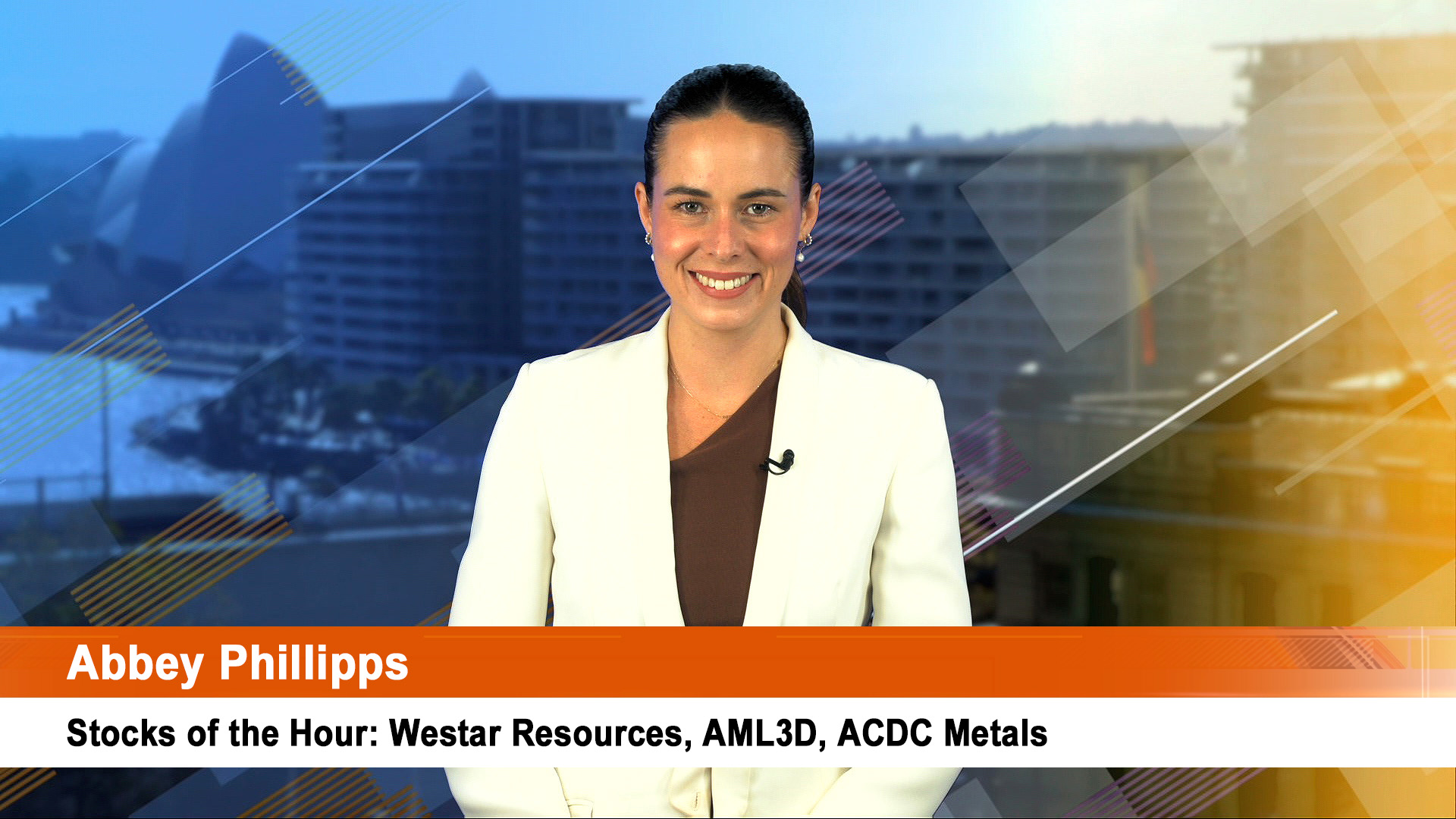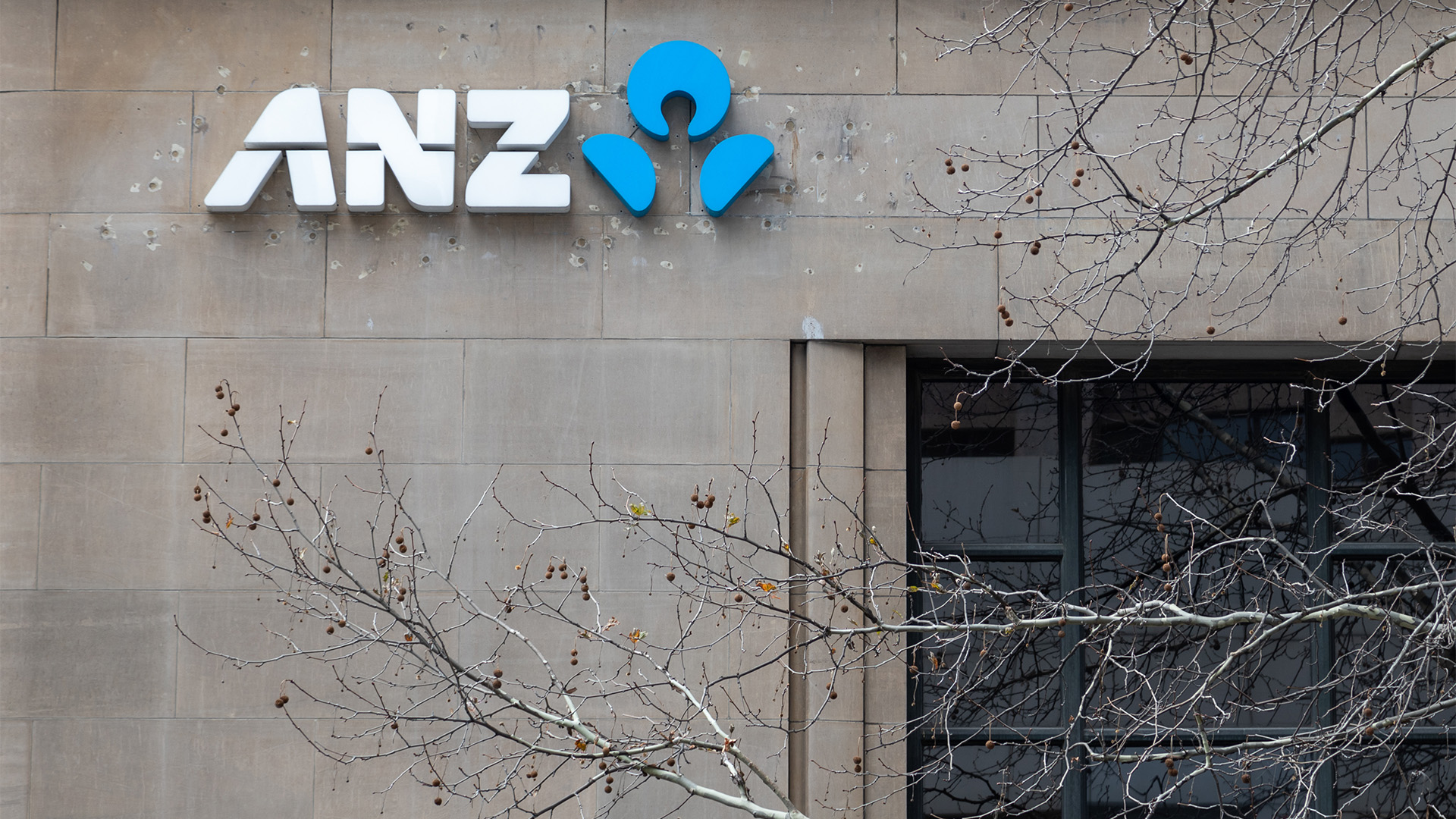The impact of the credit crunch saw two banks and a financial and industrial group fail on Friday in three different countries in the most damaging day so far since the crisis started last August.
US banking regulators on Friday swooped in to take over mortgage lender IndyMac Bancorp Inc, the second-largest bank failure in US history and the fifth bank to close this year.

In Denmark the country’s central bank bailed out the Roskilde Bank after it had encountered severe liquidity strains following asset write-downs.
And in London, media reports said the $A4 billion Dawnay Day financial and industrial group had become a victim of the credit crunch after talks over the weekend agreed to the appointment of administrators to some of its companies and businesses later today, and a string of asset sales.
The three separate problems show that the credit crunch hasn’t gone away: it merely ebbs and flows and has returned in full force in the past month and now imperils the entire US financial markets thanks to the damaging speculation about the future health of the Fannie Mae and Freddie Mac mortgage businesses.
For those optimists in Australia who believe these developments have no impact or bearing here should look at the way the prices of Australian bank shares have fallen so far this year: the banks are off over 30%, the market less than that.
Friday’s admission from the National Australia Bank that it could face losses above the $180 million or so already provided on its still healthy holding of $1.1 billion of collateralised debt obligations, confirms that the health of our banking sector remains hostage to developments offshore.
The failure of IndyMac isn’t of itself important here. But in terms of the damage it will do to confidence in US banks and financial groups, it is. The bank was shut late Friday, US time and will be rebirthed over the weekend to re-open as a US Government-run institution.
There is a big plus: the Fed will not be lifting US interest rates any time soon.
US bank regulators said IndyMac, with assets of $US 32 billion, was the second largest US financial institution to be shut down, ranking only behind the $US40 billion Continental Illinois National Bank & Trust Company in Chicago, which closed in 1984.
The Office of Thrift Supervision (OTS), the bank’s main regulator, said ”the immediate cause” of the closing was the deposit run that began and continued following the release of a letter from Charles Schumer, the New York senator, expressing concerns about the bank’s viability.
OTS said IndyMac had been seeking to arrange a capital infusion or find a buyer, but the letter “undermined the public confidence essential for a financial institution and took away the time IndyMac needed to pursue a recovery.” The Senator released a statement later on Friday night, blaming the regulator.
The letter saw a run develop, much in the way the Northern Rock mortgage bank in the UK was sunk by a run last year which forced the British Government to move. That ended with the nationalisation of Northern Rock earlier this year.
In the 11 days after the release of the letter, which was dated June 26, depositors withdrew more than $US1.3 billion from the bank, or around $US100 million every day. “This institution failed today due to a liquidity crisis,” John Reich, director of the OTS, said in a statement on Friday night.
IndyMac had been in a precarious financial situation caused in part by stress in the residential real estate market, regulators said. But Mr Reich said:”We’ll never know whether IndyMac would have survived if not for the deposit run. IndyMac was a troubled institution, but the deposit run pushed it over the edge. “
The bank’s operations have been transferred to the Federal Deposit Insurance Corporation (FDIC), which insures deposits in banks and thrift institutions for up to $US100,000 per depositor and has been named conservator. It will transfer insured deposits and assets to a successor bank and will open for business on Monday (http://www.indymacbank.com/).
According to data from the FDIC, resolution of IndyMac is expected to be among the most expensive rescues of its insured institutions, costing an estimated $4 billion to $US8 billion. There is around $1 billion of dollars of unregulated and uninsured deposits which may not be repaid at 100 cents in the dollar. Holders will get a first payment of 50 cents in the dollar.
IndyMac is the fifth bank to fail this year, compared with three for the all of last year none in the easy credit days of 2005 and 2006.
IndyMac specialised in making and selling so-called Alt-A mortgage loans, provided to customers more credit worthy than subprime borrowers but unable to qualify for a prime-rate loan.
It had incurred around $US900 million in losses as home prices tumbled and foreclosures soared. It operates in California which has been hit hard by the subprime mess and by foreclosures.
IndyMac announced on Monday of last week that it was sacking half its workforce and selling most of its 33 branch retail network. It wasn’t enough.
In Denmark the Roskilde Bank is on a funding lifeline from the Danish central bank after write-downs on a "significantly larger scale” that were expected.The size of the support wasn’t quantified.
The bank is based in the Danish city of Roskilde It will receive "adequate” liquidity after the central bank discussed the matter with regulators and the Da













